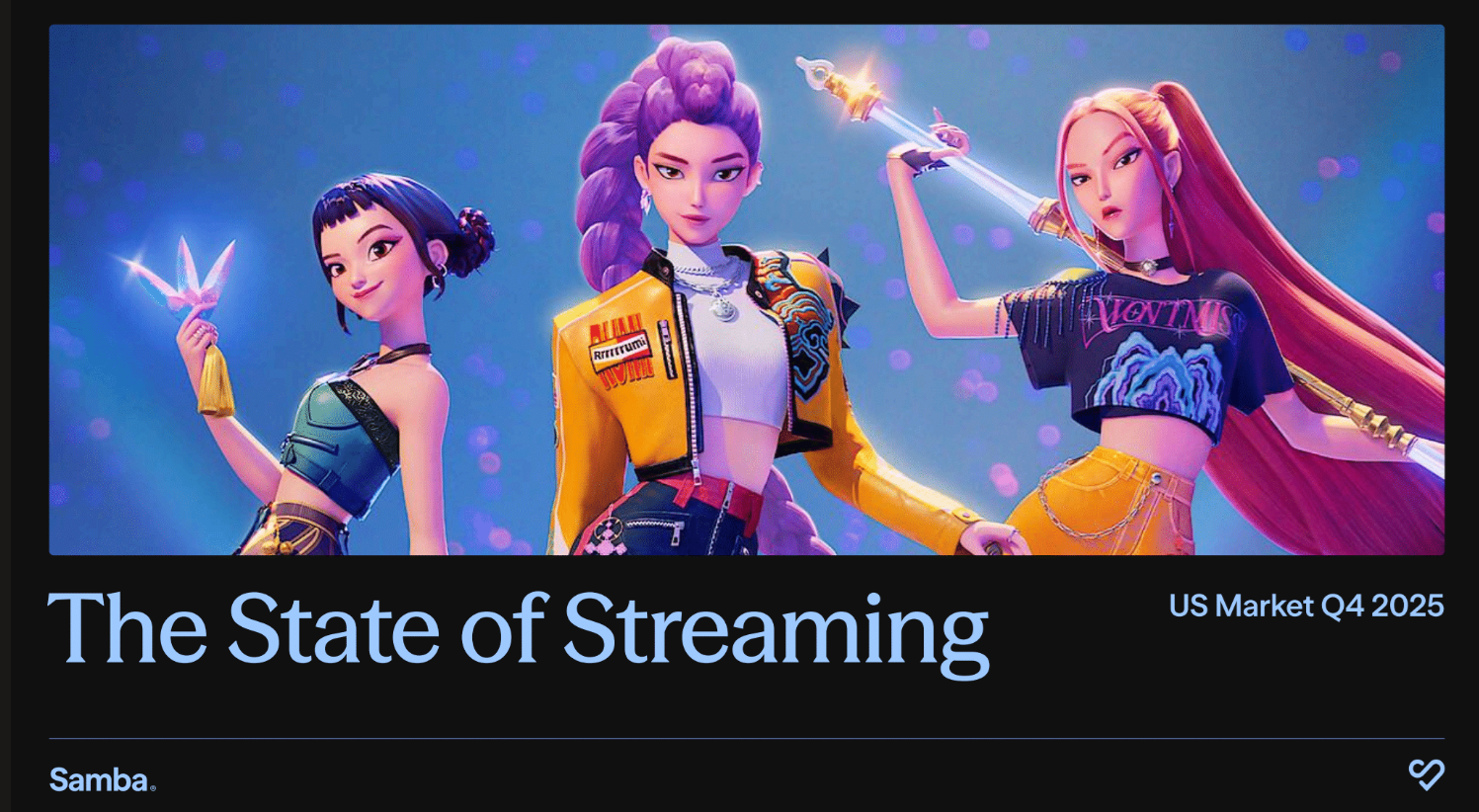OTT Advertising Becoming ‘Safe Haven’ in Shifting Market
As the pandemic has changed viewing habits, advertising on OTT opens new avenues

WASHINGTON—With the COVID-19 pandemic boosting streaming hours, it’s very likely that the viewing habits of a majority of consumers have been altered for good. The advertising market may soon follow them as OTT offers new opportunities for both sides of the coin to capitalize on, as detailed in the MediaRadar-hosted panel “The Future of OTT: What to Expect.”
Linear TV advertising has been down since the start of the pandemic in March, as economic realities changed for many companies and TV content that would draw big audiences and could charge large advertising fees was either postponed or cancelled. However, the OTT streaming market has, for lack of a better word, according to Bill Condon, senior vice president, Advertising Partnerships at Xumo, “done well in this new reality.” Condon told the panel that Comcast’s free ad-supported streaming service Xumo has seen spikes in the number of people watching its content and subsequently a spike in its advertising.
Matthew Graham, general manager for Acorn TV, a U.S.-based SVOD service specializing in British programming, supported Condon’s assertion, saying how in the early days of the pandemic they were seeing between two and three-times the increase in value in their ad opportunities. While those numbers have come down in recent months, they are still ahead of where they were in February before lockdowns began. “There feels like there’s been a shift,” he said.
There’s more to that shift than just an increase in ad-supported streaming, as Justin Gutschmidt, head of National Sales, Premion, explained to the panel. The opportunities available with advertising on OTT are both bigger and more specific than what is traditionally available through linear.
The practice of targeted advertising is more of a reality in OTT, engaging viewers with content that is more relevant to them, whether that be based on their interests or where they are located. OTT advertising also provides advertisers more specific data about the reach and frequency of their ads and whether or not they are successfully driving consumers to their product or website—a whole new way to measure the response to an ad, Gutschmidt said.
“OTT is a safe haven,” he said, “an opportunity to avoid the problems of a traditional world,” while at the same time providing the more traditional benefits of a big screen experience with the specificities of digital marketing.
While there are big players in the market—Disney+, Peacock, Hulu, for example—Condon said that OTT also presents an easier entry point than linear TV, allowing for underserved markets and consumers to find something for them. He pointed specifically to OTT offerings from Black News Channel and Revry, which is targeted toward the LGBTQ community.
The professional video industry's #1 source for news, trends and product and tech information. Sign up below.
Some may believe that if given the choice, consumers will lean more toward SVOD platforms like Netflix, Disney+, Amazon Prime Video or the like that generate revenue primarily on their subscription numbers and have little need for ads. However, especially in light of the impact the pandemic has had on viewers’ entertainment budgets, AVOD services—like Peacock—are becoming popular because they not only can help offset the cost of adding another streaming service—while still providing high-quality content—they also provide a new advertising experience that is more appealing to the consumer. Xumo, according to Condon, offers advertising breaks for about 7-9 minutes for every hour, compared to the 20-22 minutes per hour of traditional linear TV.
Gutschmidt said that in his experience, he has found that about three-fourths of people are in favor of ad-supported platforms so that they can help lower the cost they are paying for OTT services, especially as they are often coming from cutting the cord and the associated prices.
Traditional linear networks have also actively acknowledged the role of OTT moving forward, with the likes of ViacomCBS, NBCUniversal and others launching their own OTT services (CBS All Access/Paramount+ and Peacock). Todd Krizelman, CEO of MediaRadar, says that this points to OTT’s “unquestionable momentum” and likely staying power.
It is still early days, as Graham points out, and OTT is still likely to continue to evolve, potentially at a rapid pace, which will present huge opportunities for any company that wants to participate in OTT advertising. But, Gutschmidt acknowledges that there is a learning curve for those who try to make the move from traditional linear to OTT, and that education will be key to help bridge any gaps between the two practices.
